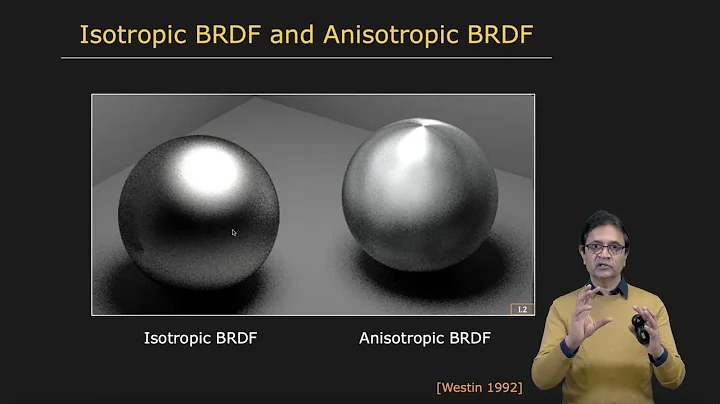
Previously, the Intergovernmental Panel on Climate Change (Intergovernmental Panel on Climate Change) used the event of reducing the global warming quota from 2°C to 1.5°C to issue a warning about the extreme urgency of climate change and called for The world practices high efficiency, energy conservation and carbon emission reduction.
To this end, scientists have developed a variety of smart windows that can regulate excess solar radiation to help reduce the burden of indoor cooling and building energy consumption. However, these smart windows will dissipate most of the solar energy in the ultraviolet and near-infrared bands into waste heat, thereby reducing the efficiency of solar energy utilization and exacerbating the urban heat island effect.
Recently, the team of Hong Kong University of Science and Technology Professor Yao Shuhuai and Professor Huang Baoling developed a dual-frequency selective solar energy utilization smart window (Selective Solar Harvesting, SSH) for full spectrum utilization. Compared with conventional transparent photovoltaics, SSH windows not only have a 2-fold improvement in solar energy collection efficiency, but also have extremely high visible transmittance. In addition to this, the window is more than 30% energy efficient than regular smart windows.

Picture | Li Weihong (Source: Li Weihong)
It is worth mentioning that this research is the first time that transparent photovoltaic (TPV) and transparent solar absorber (TSA) are integrated into smart windows to form Transparent photovoltaic/photothermal integrated devices may open up a new development path for energy-saving buildings .
A related paper titled "Selective Solar Harvesting Windows for Full-Spectrum Utilization" was published on Advanced Science . The first author of this article is an assistant in the Department of Mechanical Engineering at City University of Hong Kong. Professor Li Weihong and postdoctoral fellow Lin Chongjia of the Hong Kong University of Science and Technology, Professor Yao Shuhuai and Professor Huang Baoling of the Department of Mechanical and Aerospace Engineering of the Hong Kong University of Science and Technology serve as the corresponding authors of [1].

Figure | Related papers (Source: Advanced Science)
It is understood that SSH windows are equivalent to a transparent photovoltaic/thermal system and have significant advantages in processability and cost-effectiveness. It converts solar radiation in the ultraviolet band into electrical energy through TPV, converts solar radiation in the near-infrared band into thermal energy through TSA, and combines it with the ventilation system to heat the room, while delivering visible light to meet indoor needs.
In the study, the team first characterized the spectral selectivity of the SSH window as a whole and used outdoor experiments to quantify the solar energy collection efficiency of the window. The results show that the SSH windows have a visible transmittance of 42% and a photoelectric conversion efficiency of 0.75%, and a photothermal conversion efficiency of 24% and allow the ventilation air temperature to rise to 10°C.

Figure | The concept of selective solar energy harvesting (SSH) windows (Source: Advanced Science)
Next, the researchers monitored the changes over time under different environmental conditions by monitoring ordinary glass windows, CWO (cesium-doped tungsten trioxide) windows and SSH windows. The surface temperature and indoor temperature further quantify the indoor temperature regulating ability of SSH windows.
It is reported that in the hot season, due to the high light and heat efficiency, the surface temperature of CWO windows is the highest, and the surface temperature of SSH windows is lower. However, due to the continuous removal of heat from the flowing air, the indoor temperature of SSH windows is lower than that of CWO windows and ordinary windows. windows, which shows that they are beneficial to reduce indoor cooling load; in the cold season, the surface temperature situation of type 2 windows is similar to that in the hot season, but because the heated air is directed into the chamber, SSH windows show better performance than CWO windows and ordinary windows Higher indoor temperatures, suggesting a benefit in reducing indoor heating loads.
The ventilation system that collects heat energy and transfers it to regulate indoor temperature is one of the important components of SSH windows, the team said.By changing the airflow path, SSH windows can switch to different energy-saving modes to cope with indoor cooling and heating loads, making them more adaptable to temperature and seasonal changes than static CWO windows and regular glass windows.
Additionally, the team estimated the potential energy savings of SSH windows using EnergyPlus, a building energy consumption simulation engine recommended by the U.S. Department of Energy. According to the simulation results of Energy Plus, compared with the current most energy-saving hydrogel smart windows in academia, SSH windows can save up to 61.5% of the annual energy consumption for heating, ventilation and air conditioning, and the electricity generated accounts for the annual energy savings. 19.1%.

Figure | Indoor Thermal Management Test (Source: Advanced Science)
Finally, to thoroughly evaluate the thermal efficiency of SSH windows, the team also compared the solar thermal collection efficiency data of ordinary TPV and SSH windows. The results concluded that SSH windows can increase solar energy collection efficiency by a factor of 2 compared to regular TPVs, indicating the windows have great potential for building-integrated solar energy collection and indoor space heating. The researchers also stated that "in most cases, SSH windows will be one of the most effective candidates for building-integrated solar energy collection devices."
Overall, this study collected transparent photovoltaic cells by integrating UV light and Near-infrared absorbing transparent selective solar absorber, a multi-component solar collection window with ultraviolet and near-infrared dual-band selective collection capabilities is designed and manufactured, providing the unique functions of simultaneous solar regulation and solar collection, and maximizing It greatly improves solar energy utilization and helps reduce carbon emissions. Moreover, the windows developed by it are a new design paradigm for zero-energy buildings with high manufacturing processability, so there is huge potential for commercialization.
-End-

Reference: 1. Weihong Li et al. Selective Solar Harvesting Windows for Full-Spectrum Utilization. Advanced Science. (2022) https://doi.org/10.1002/ advs.202201738





![How to Fix svchost.exe High CPU Usage in Windows 10[Solved] - DayDayNews](https://i.ytimg.com/vi/nFhxBH8HQYI/hq720.jpg?sqp=-oaymwEcCNAFEJQDSFXyq4qpAw4IARUAAIhCGAFwAcABBg==&rs=AOn4CLBnzXmotNcGCq7A5BCvV9nnvKGyiQ)

















